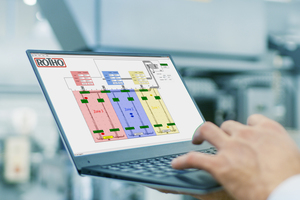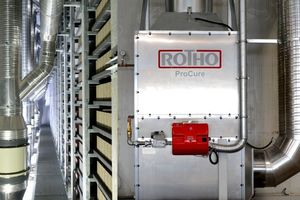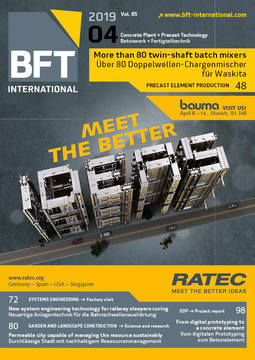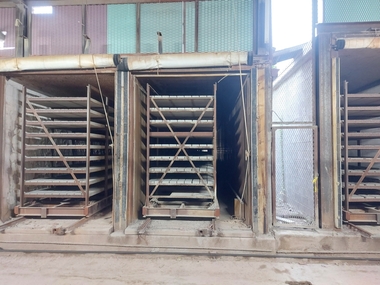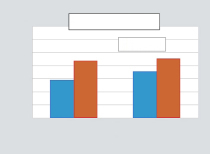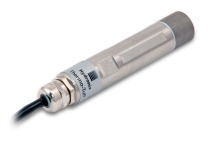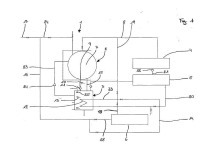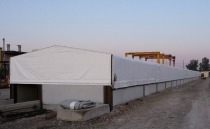The digital concrete block – how data is changing the
curing process
One thing is for sure: The amount of data generated in the manufacture of concrete products will not decline. Quite on the contrary, the process of digitization is in full swing in the production of concrete blocks and pavers, too. More and more sensors used in the curing process deliver increasingly accurate data pertaining to temperature, humidity, product positioning, voltage, frequencies, and cycle times.
In most cases, state-of-the-art sensor technology makes it relatively easy to generate data. Yet the sheer amount of data often obstructs the view of the key levers relevant to the manufacturing process. The true challenge in digitization, however, lies in performing target-driven data analyses and deriving tangible benefits in day-to-day production practice. This principle also applies to the curing of concrete products.
Uncoordinated installation of additional sensors in curing racks and air circulation, heating and humidification systems will not necessarily result in solutions that contribute to making the production process faster and more efficient whilst also enhancing its quality. Rather, a target-driven approach to data analytics, as well as identifying data correlations, is the key to generating true benefits that are measurable in terms of time and money. Such process optimization tools are already available in today’s market environment.
They are based on a cockpit software such as Rotho Control, which allows to visualize and control the curing process in a clear and transparent manner. This software can be complemented by the following smart systems:
Delta t control
Several sensors capture temperature differences across the curing rack and regulate the fans of the air circulation system via a speed control device. Setting a permissible temperature difference thus ensures that only the minimum required circulation rate is provided. As a result, electricity bills are reduced whilst extending the service life of fans.
3D heat map
Temperature levels are captured by a large number of sensors installed on three levels in the curing rack. These values make it possible to derive a temperature distribution within the rack, which is also referred to as a heat map. Allocating board positions to the corresponding temperatures helps to identify and eliminate root causes of color variances and efflorescence.
Even in the current setting, insights gathered from smart data analytics can thus be used for optimizing the operation of existing curing systems. In addition, the expertise and results obtained from these analyses are a crucial prerequisite for developing new solutions that ensure a fully optimized concrete product curing process – the benefits of digitization already make a measurable difference in this regard. However, amid all the progress achieved in state-of-the-art data analytics, we should not lose sight of the fact that the knowledge and expertise of factory and plant operators continue to be the key success drivers in process control.

